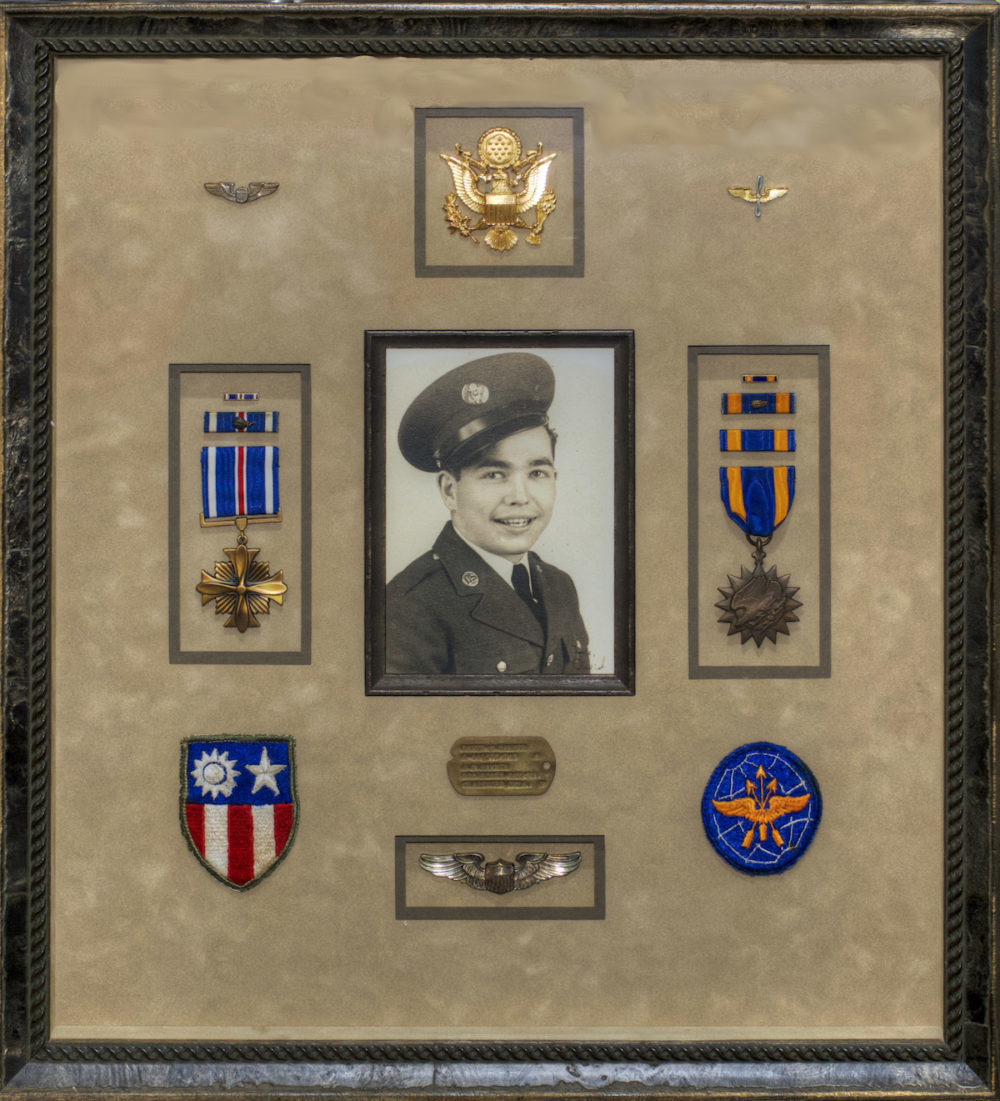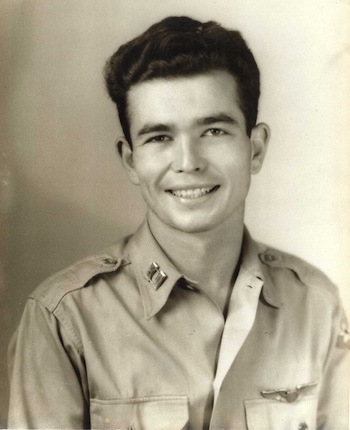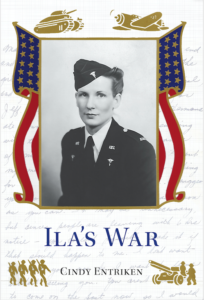David Moyer Hammer
a tribute to a WWII Army Air Force Pilot
In tribute to a World War Two Army Air Force pilot, I’ve written about David Moyer Hammer, who flew 72 combat missions and 650 combat hours over the Himalayan Mountains from India into China during World War II.
flying the hump
Before the Berlin Airlift, Army Air Force pilots, stationed in the China-Burma-India Theater participated in another airlift when they ‘flew the hump’, “the nickname Allied pilots gave the airlift operation that crossed the Himalayan foothills into China. It was the Army Air Force’s most dangerous airlift route, but it was the only way to supply Chinese forces fighting Japan.”1
Japan invaded China in 1937, gradually isolating it from the rest of the world except for two tenuous supply lines: A narrow-gauge railway originating in Haiphong, French Indochina; and the Burma Road, an improved highway linking Lashio in British Burma to Kunming in China. Those routes carried the material that made it possible for [the] Nationalist Chinese government to resist Japanese offensives.
The Burma Road closed in late May, 1942 when combined Allied forces of Indian, British, and Chinese troops, commanded by Lt. General Joseph W. Stilwell, were forced out of Burma. The Japanese destroyed the Burma Road, which was the only overland supply route stretching from northern India through Burma and into China. If the allies wanted to drive the Japanese 18th Division out of the area,” the road would have to be reopened. An alternative to the Burma Road, the Ledo Road, “was built from Ledo in Assam into the Hukawng Valley…
Before a large-scale ground assault into Burma could occur, it was first essential to send supplies to Chinese guerrilla forces already fighting the Japanese in Burma. That task fell to the U.S. 10th Air Force. Based in India, the 10th took responsibility for substantial air cargo flights and began operations over the hump in April 1942 — a dangerous 530-mile long passage over the peaks of the Himalayan Mountains…. Pilots started flying the “Hump” in April 1942, in the face of poor weather, 15,000-foot peaks (requiring oxygen) and a swarm of Japanese fighter aircraft operating from a base at Myitkyina, Burma.2
map of the china-burma-india theater3

what made flying the hump so dangerous
Several factors combined to make flying the hump the most dangerous airlift during WWII. One was the terrain over which the routes had to fly. Pilots had to fly through the Kali Gandaki River Gorge.1 This Gorge is the deepest on Earth – 19,500 feet deep in some places and almost 19,000 feet wide, even wider and deeper than the Grand Canyon.4
Another dangerous aspect of the airlift was the type of plane that many pilots flew, the Curtiss C-46 Commando, called “The Flying Coffin.”1 According to Dave’s military flight records, he flew a Curtiss C-46 as well as many other types of planes.
Extreme weather added to the dangerousness of the airlift. “The mountain ranges of the Himalayas caused jetstream-strength winds and dangerous weather at extreme altitudes. . . .[Sometimes] pilots [had to] plod along at ground speeds of around 30 miles per hour while the wind lifted their planes to 28,000 feet and then back to 6,000 shortly after.” Because of the poor weather conditions, including ice storms or thunderstorms, some pilots couldn’t see the passageway to fly through the Gorge.”1
Lack of experience in flying was another factor which contributed to the dangerousness of the assignment to fly the hump.1 Unlike some of his peers, Dave had accrued over 800 hours of flying time before he arrived in India in September 1944.
Lack of oxygen for plane crews flying at high altitudes meant that a pilot might accidentally wander off-course. That meant the plane might run out of fuel and crash. And because the plane’s cockpit wasn’t heated, crew were “issued fleece-lined jackets, boots, and gloves”1 to prevent them from freezing to death.
As a precaution each member of the flight crew was issued a .45-caliber pistol with nine rounds of ammunition. The purpose of the gun was self-protection in case the plane crashed or the crew had to bail out. The thinking was that eight bullets could be used to fend off the enemy. “Part of the training regimen for Hump pilots included the right way to use the last bullet on oneself.”1
in tribute to a wwii army air force pilot – dave hammer
I knew Dave Hammer for 25 years because he was my father-in-law. Dave was funny, unassuming, and humble. He was a down-to-earth kind of guy with a great smile. And he was an independent thinker who questioned authority. Now, you might be thinking to yourself, “How could someone who was in the military question authority?” Take a look at Dave’s obituary which I wrote in August, 2007, after Dave died of acute leukemia.
dave’s obituary
David “Dave” Moyer Hammer, was born August 30, 1919 at Drumright, OK, the second of three boys born to James Franklin and Nellie (Hinds) Hammer. The Hammer family moved to Claremore, OK, when Dave was a child. Dave wrote poetry throughout his life and shared his poems with friends and family. He completed all of his primary and secondary education in the Claremore public schools, graduating from Claremore High School on May 20, 1936 as class valedictorian. He was also a member of the Oklahoma High School Honor Society throughout his high school career from 1933 to 1936. . . .
Dave enlisted as a private in the U. S. Army on June 28, 1940. He completed radio school and was a radio man until April 14, 1942 when he began training as an Aviation Cadet. He graduated January 14, 1943. In September, 1944, Dave was sent to the China-Burma-India Theater where he was assigned as a pilot for cargo planes which “flew the Hump” over the Himalayan Mountains from India to China.
Dave received numerous commendations including the Air Medal, The Distinguished Flying Cross, and Oak Leaf Cluster.

Top Row, L – R: Sweetheart jewelry of a pilot’s wings; Officer’s Hat Emblem; Air Corps lapel pin
Second Row L – R: Distinguished Flying Cross with Oak Leaf Cluster; photo of Dave Hammer; Air Medal with Oak Leaf Cluster
Third Row, L – R: China-Burma-India Theater patch; Dave’s dog tag; Military Air Transport Service patch
Fourth Row: Sterling Silver Pilot’s Wings
Dave was also a pilot for a joint Army Air Forces-National Geographic Society Expedition to Brazil in May 1947. The purpose of the expedition was to photograph a solar eclipse. He was honorably discharged from the U. S. Air Force Reserve on September 28, 1956.
Dave married Wilma June Muncy in Vinita, OK, on October 30, 1954. His only child, a son, was born the following year on August 24, 1955.
Dave worked for Boeing and Cessna as an electrical technician until his retirement in the 1980s.
dave’s writing
Dave wrote beautiful poetry and we’re fortunate to have the original hand-written poems he wrote throughout the years. Dave’s poetry covered specific topics including time, past and future, girl friends and dating, nature, religion, and war. Some of his poems were short and pithy and every one demonstrated Dave’s thoughtful approach to life. Below are a few examples that show Dave’s observations of life and his fellow humans.
Who lives to love will love to live -- Who gives for love will love to give. But woe to him who lives for hate -- Where malice lives, love shuns the gate. (7/27/38) ***
O, Time thou bold and inconsistent knave, Why dost thou make my happy hours fly, And then, when fate would make me sorrow's slave, Why sendest thou the moments slowly by? (undated) *** Once Fortune knocked upon my door And found me not at home. So now Miss Fortune follows me Wherever I may roam. (11/36) *** God gave me the power to rhyme, An idle brain and lots of time So if a poet I become, Please bear with me - I'm not to blame. (10/30/38) *** If you've looked at the photo at the top of this page, you've seen how handsome Dave was. He had a lot of girl friends before he met Wilma in 1953. So there are several poems with titles that begin "To_____". Below is an untitled poem that Dave wrote after a break-up with one of his girl friends. Even though he was sad about the break-up his sense of humor showed through. How could you kiss me when you didn't care -- When you didn't love me? Oh how could you dare To capture and play on the strings of my heart While holding your own so aloof and apart? The judge and the jury have taken their place And stern love of justice is on every face -- The foreman steps forth to deliver his part, "The verdict is guilty -- of stealing a heart." (undated) World War Two began in Europe on September 1, 1939 when Germany invaded Poland.5 Dave's poetry shows that he followed the news of the war. I believe his poetry was an outlet for his thoughts and feelings. After hearing the news of the invasion, Dave wrote a poem about the start of the war. Europe A bugle calls - a city falls Within the echo of its calling. A nation, born in the early morn May history be, e'er night is falling. A field of mud, now wet with blood Not long ago was sweet with flowers. Now leaden hail strikes iron mail When maids once fled from April showers. (9/1/39) I think this next untitled poem, written June 9, 1940, reflects Dave's ambivalent feelings about war - his commitment to fight against Axis troops while at the same time lamenting that young American men and women will die far from home. When mad dictators cast their eyes Upon our peaceful shore We'll fight till stars drop from the skies And Hell is frozen o'er. But curst be the soul devoid of truth And withered be the hand That sends the flower of our youth To die in a foreign land. The last poem I'll share with you was written in 1945 while Dave was still in India and while the war was still raging. In Memory of Robert Campbell It seems but yesterday that he and I Were dreaming dreams of wings and wind and sky. And making plans, as youth has ever done, To climb some unclimbed stairway to the sun. And even now, I cannot help but think That somewhere, past this life's uncertain brink - Beyond the reach of earth's vicissitudes - He knows the ether's slightest change of moods, As down some cloud-lined avenue of light He feels again the ecstasy of flight And knows at last that truth shall ever be And right will triumph through eternity. --------------------------------------------------------------- Sources: 1https://www.wearethemighty.com/mighty-history/the-hump-world-war-ii/ (accessed 5/28/22) 2https://www.u-s-history.com/pages/h1723.html (accessed 5/28/22) 3https://www.cbi-theater.com/backseat/map2.html (accessed 5/28/22) 4https://www.thetravel.com/deepest-gorge-in-the-world/ (accessed 5/29/22) 5https://www.britannica.com/event/World-War-II/The-war-in-Europe-1939-41 (accessed 5/29/22)



Hi Cindy, This is a lovely story! Your writing, as always, is beautiful and detailed. Hope all is well.
Pat, thanks for your kind words.
very interesting and thoughtful What a man he was. Thanks for writing so beautifully about his life and sharing some of his poetry.
Cindy, that was awesome! You have so much talent. Thank you. My dad would never talk about WW2 . He also was a radio man In the Army Air Force.
Cindy, I always enjoy your ‘art’! I’ll share this with dad Paul this week. Your stories share many of the “rest of the story” thank you.
What a great story of a personal acquaintance/relative. I think serious students of WWII know the story about those who flew the “hump” into Burma in C-47 cargo aircraft with P-40 pilots from Chennault’s “Flying Tigers” providing air cover.
My dad was a Navy air control and legal officer in the New Hebrides Islands at a Navy/Marine Corps airbase during WWII.
Ben, thanks so much for writing me and for your kind words. I’d love to learn more about your dad’s experiences. There are several Lincoln men who served in WWII who I’d like to write about.
Hi, Paula. Great to hear from you and thanks for the kind words. I really enjoy doing the research and then writing about what I’ve learned. Hope your dad enjoys the story about my father-in-law. Best Regards.
Connie, thanks for your wonderful words of praise. I’m always thrilled when someone says they like my writing since I “sweat bullets” when I’m writing something for publication. Take care. Cindy
Maria, it’s great to hear from you after such a long time. Glad we’re still both alive and kicking! Thank you for your kind words. I learned so much from you when you did the writing retreat at Shambhala so if my writing is good it’s because of great teachers/role models like you.
Hello Cindy,
Thank you for a well-researched background text and lovely poems ! You surely must be proud of your Father-in-law, another true member of the “Greatetst Generation” !
A few tiny remarks: the last para of “What made flying the Hump so dangerous” – the .45 cal pistol referred to held a 7-round magazine, and was carried in either an M3/M7 shoulder or M1916 hip holster. The shoulder insignia illustrated refers to Military Transport Eastern Air Defense (not serving in the CBI Theater) and probably covers other activities of Officer Dave M. Hammer while stationed in the continental US.
Best regards
Hi, Alain. Thank you for the information and correction. I’m always concerned that I may get something wrong given the distance of time. I rely on folks such as yourself to help me get it right! Hope everything is well with you. Best Regards.